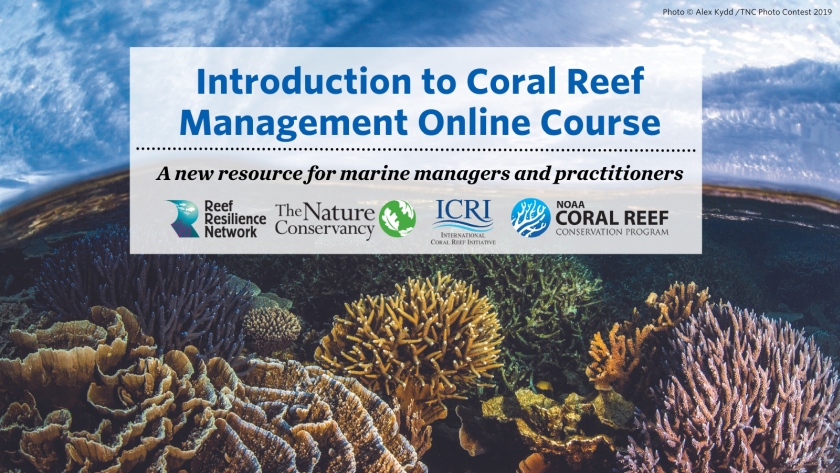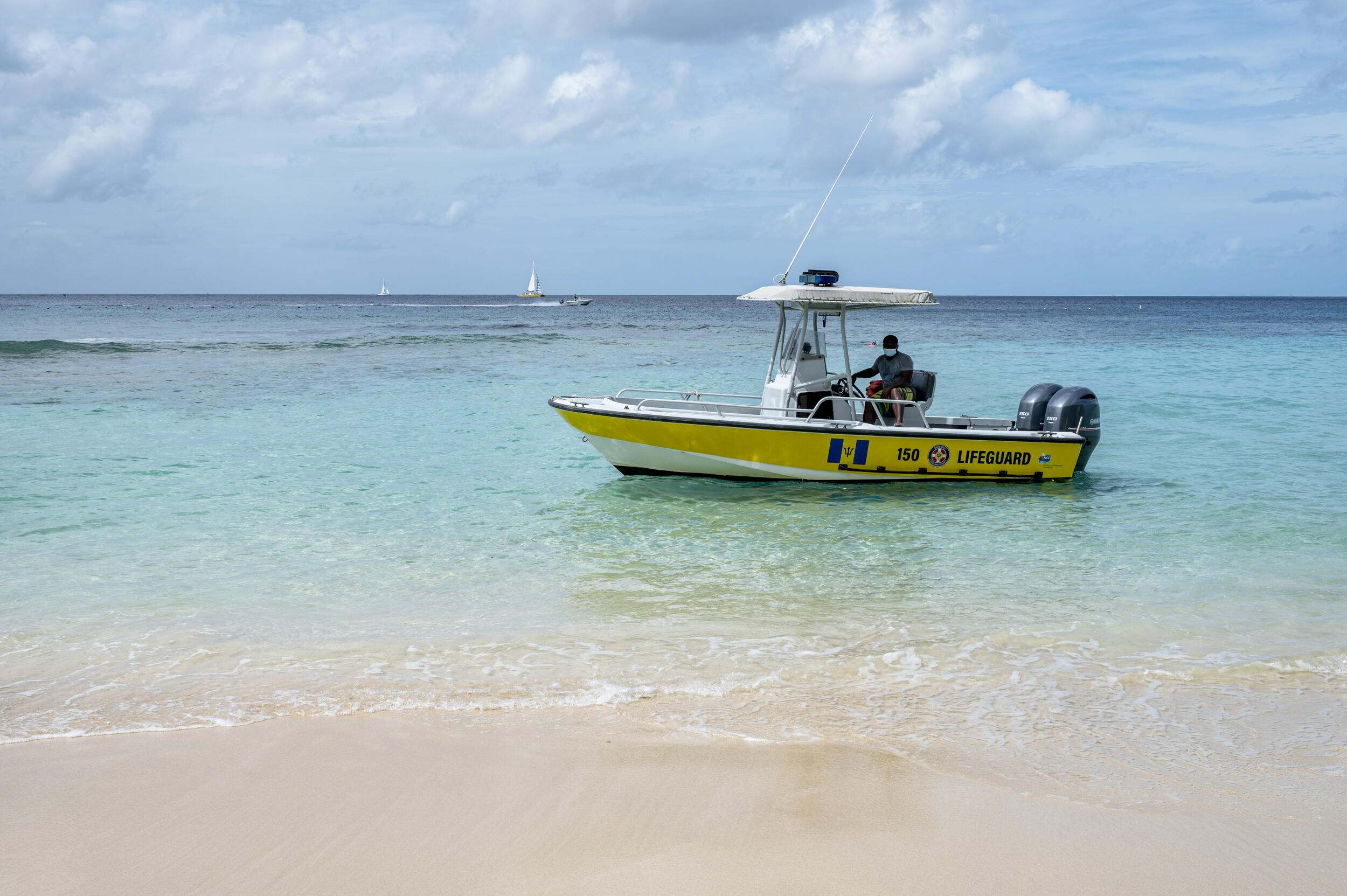Climate change poses a significant threat to coral reefs worldwide, necessitating efforts to identify and promote local conditions that enhance resilience in the short term. While it is known that increased anthropogenic nutrients (from agriculture and waste) diminish coral resistance and recovery, the impact of natural animal-derived nutrient flows on reef recovery remains unknown.
This study investigates the role of nutrients derived from seabirds in bolstering coral reef resilience through coral growth rates, recruitment, and overall reef recovery trajectories. The research used experimental transplants and reef surveys at 12 islands within the Chagos Archipelago to compare coral reef dynamics following a coral bleaching event (2015) between islands with natural nutrient influx from seabird populations and those with low seabird presence (rat-infested islands).
The study found that corals near seabird-inhabited islands absorb nutrients from seabirds (as indicated by higher δ15N values), resulting in a doubling of coral growth rates compared to corals on rat-infested islands. After a bleaching event, hard coral cover initially dropped across all islands but recovered within six years. However, islands with seabirds exhibited a 7.7% higher cover of Acropora, a dominant coral species, compared to pre-bleaching levels. Acropora recovery was notably faster at seabird islands, reaching 90% cover in 8 months versus 18 months at rat-infested islands. Overall, seabird-inhabited islands showed shorter total recovery times (3.67 years) compared to rat islands (4.50 years). Recovery of the entire benthic community was more dynamic at seabird islands due to higher coverage of calcifying algae (CCA and Halimeda), whereas rat-infested islands were dominated by pavement (hard substrate, including turf algae). Faster coral reef recovery is critical to reef resilience, especially given the escalating frequency of heat waves and bleaching events.
Coral recruitment three years after the bleaching event was limited across all islands, averaging 2.8 recruits per square meter, irrespective of seabird presence. This limitation could be due to the lower density of coral recruitment at shallow lagoon sites (where the study took place) compared to forereef and deeper lagoon sites, as well as the temporally variable recruitment of corals.
Implications for managers
- Eradicating rats and restoring seabird populations could significantly contribute to rapid coral reef recovery following climate disturbances. This becomes increasingly crucial given the rising frequency of heat wave events.
- Management actions necessary to restore seabird populations may include:
-
- Eradicating rats and other predatory mammals (e.g., cats)
- Removing non-native vegetation like abandoned coconut plantations
- Replanting preferred native vegetation,
- Social attraction or translocation of seabirds
- Protecting seabirds from direct exploitation
-
- Reefs have demonstrated the capacity to recover from bleaching events in as little as three to six years, particularly in remote or protected areas with minimal human impacts.
- While seabird populations may not directly impact coral recruitment, further studies are needed to fully understand their influence.
Authors: Benkwitt, C.E., C. D’Angelo, R.E. Dunn, R.L. Gunn, S. Healing, M.L. Mardones, J. Wiedenmann, S.K. Wilson and N.A.J. Graham
Year: 2023
Science Advances 9: eadj0390 doi:10.1126/sciadv.adj0390


